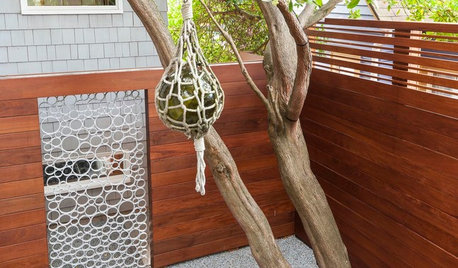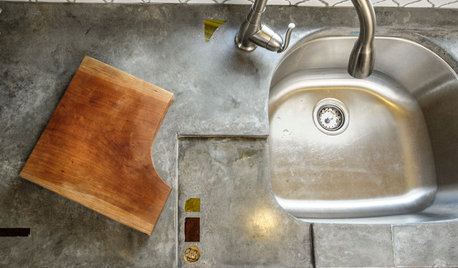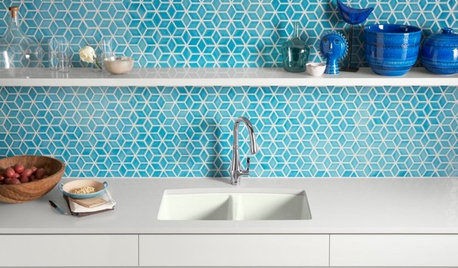Using castings
fam62cc
12 years ago
Related Stories

FENCES AND GATESA Designer Uses PVC Pipe to Cast a Modern Garden Gate
Landscape designer Scot Eckley walks us through the process of creating a custom aluminum ring gate
Full Story
PATIOSLandscape Paving 101: Cast-in-Place Concrete
A construction standard, cast-in-place concrete can be used for a wide variety of project types
Full Story
SHOP HOUZZShop Houzz: The Cast Iron Kitchen
Celebrate cast iron with cooking accessories and home accents
Full Story0

KITCHEN COUNTERTOPSCast Concrete Countertops With a Personal Twist
From frame making to pouring to inlays, learn how concrete counters are cast — and how an artisan embellishes them
Full Story
KITCHEN DESIGNKitchen Sinks: Enameled Cast Iron for Attractive Durability
Strong, shiny and sustainable, an enameled cast iron sink can bring character to your kitchen
Full Story
REMODELING GUIDESOriginal Home Details: What to Keep, What to Cast Off
Renovate an older home without regrets with this insight on the details worth preserving
Full Story
GARDENING AND LANDSCAPINGEco-Friendly Fire Pits: Casting Backyard Campfires in a New Light
Wood burning may be discouraged — even illegal in places — but that needn't mean forsaking the fire pit. Try one of these alternatives
Full Story
LIGHTINGCast a Spell With Outdoor Lights
Make a night on the patio magical or conjure a warm welcome for guests on the porch with well-chosen outdoor lighting fixtures
Full Story
TROPICAL STYLECast Away for South Seas Style
Oh, to be in Tahiti right now. The next best thing: tips from South Seas resorts to create that lovely getaway feel at home
Full Story
LIGHTINGSensational Chandeliers Cast Rooms in Dramatic Light
Let your lighting fixture be the star and claim the applause for yourself with a statement-making chandelier
Full StoryMore Discussions






milocrab
plumiebear
Related Professionals
Holly Springs Landscape Architects & Landscape Designers · Windham Landscape Architects & Landscape Designers · Beachwood Landscape Architects & Landscape Designers · Chattanooga Landscape Architects & Landscape Designers · Hershey Landscape Architects & Landscape Designers · Rancho Palos Verdes Landscape Architects & Landscape Designers · Olympia Landscape Contractors · St. Louis Landscape Contractors · Winchester Landscape Contractors · Woodbury Landscape Contractors · Beloit General Contractors · Fort Lee General Contractors · Lake Forest Park General Contractors · Mira Loma General Contractors · Winfield General Contractorsfam62ccOriginal Author
plumiebear
pjames
rfonte649
rfonte649
gnhelton
fighting8r
Karchita
gardengolfer
equinoxequinox
Karchita